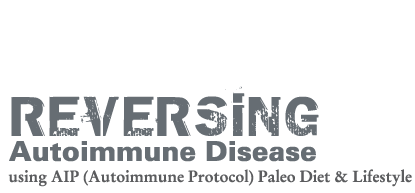Hands On Healing Modalities for Autoimmune Disease: Part 2: Reflexology
‘Hands On’ Healing Modalities for Autoimmune Disease: Part 2
I have very successfully used the Autoimmune Protocol to help reverse my autoimmune disease. The major component to it involves dietary and lifestyle changes. I think one of the biggest components to the lifestyle aspect involves including healing modalities as part of your healing toolkit. This post is about using Reflexology for Autoimmune Disease.
What is Reflexology?
Reflexology is an ancient science and art that deals with the principle that there are reflexes in the feet, hands, ears and body. All the body structures are mirrored in those areas. The reflexes are stimulated by a reflexologists’ fingers and thumbs. It is a non-invasive therapy which helps the body maintain physiological balance and health and works towards normalisation of function. It facilitates homoeostasis (bringing the body back into balance). It helps reduce tension, relaxes and calms, encourages elimination, improves circulation and helps balance all of the body systems.
Reflexology can treat most conditions as it facilitating the body to help heal itself.
Autoimmune Conditions and Reflexology:
Autoimmune conditions respond very well to reflexology as it helps to balance and calm down an overactive immune system. Reflexology doesn’t just work on one specific area, but can work on whole body systems, including the digestive system, the respiratory system, the endocrine system as well as the immune system.
It works to balance out the whole system and it does this in a way that facilitates relaxation, thereby triggering the parasympathetic (the ‘rest and digest’) nervous system. This in turn facilities, a lowering of stress hormones, and increasing the healing and relaxing effects. Because reflexology balances the immune system and doesn’t ‘stimulate it’, it does not in anyway cause flare ups of autoimmune disease. Even though a client might feel some symptoms after a treatment, it is not due to it triggering a relapse, but rather more like excess elimination due to the lymphatic system being stimulated.
I worked for ten years as a Therapeutic Reflexologist. Because it a holistic therapy, it doesn’t matter what the specific complaint is, reflexology still treats the whole body. As we know autoimmune disease is connected to and starts in the gut. No matter what condition, I was treating, I would always still work all the body systems. So even if the client had Rheumatoid Arthritis for example, I would pay particular attention to the digestive system reflexes as well as the adrenals and pituitary glands to help the endocrine system to stimulate the right hormones to reduce pain. There are also specific reflexes for pain and treating pain. Unlike massage, which would help ease muscle stiffness, reflexology is the only modality that allows the therapist to treat the organs of the body from the outside.
The Power of Touch
As we know, part of healing and recovering from autoimmune disease, involves taking care of yourself and helping reduce stress. Reflexology also aids in relaxing the patients as well as allowing them to have a safe space to talk about their problems. Also don’t underestimate the power of touch, which is also proven to be incredible effective for reducing pain, anxiety, depression and helping bring about relief from pain.78
It is always important to go to somebody that is properly trained in reflexology and actually understand body systems. Part of being a good practitioner involves working with intent and knowing what you are doing. It’s not just a foot tickle.
I believe all healing modalities have their place in assisting you to get well. It’s not one thing done alone that helps; it’s a few things done in combination that works.
This is part 2 in a series on helaing modalities. Read Part 1 on Reiki.
To read more about me and my story, check out my book TAKING CONTROL

No comments yet.